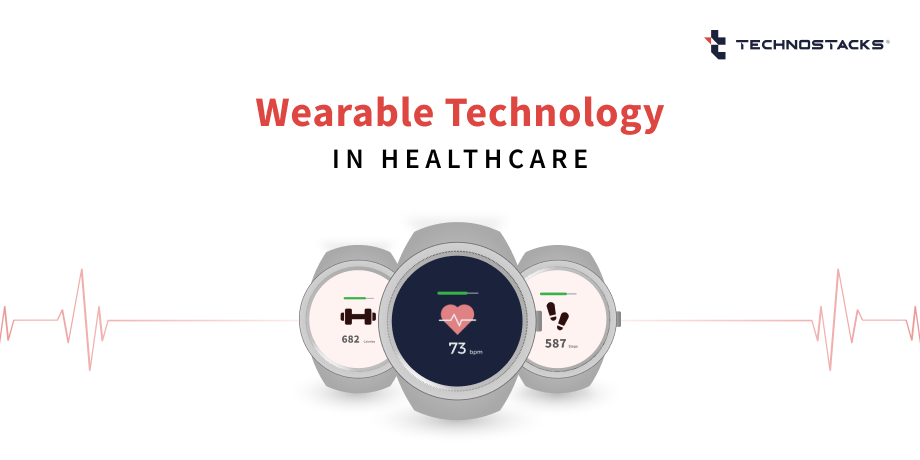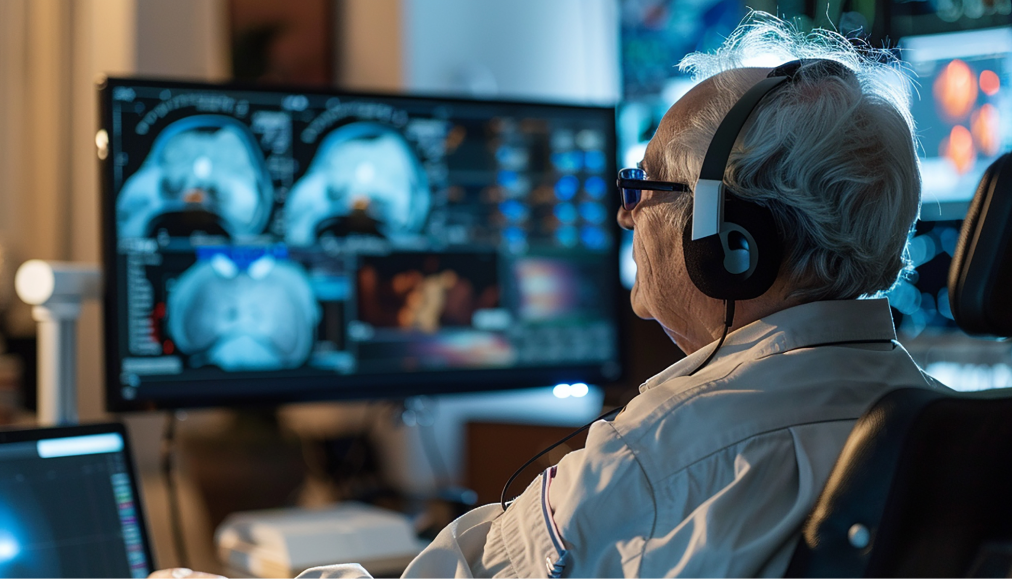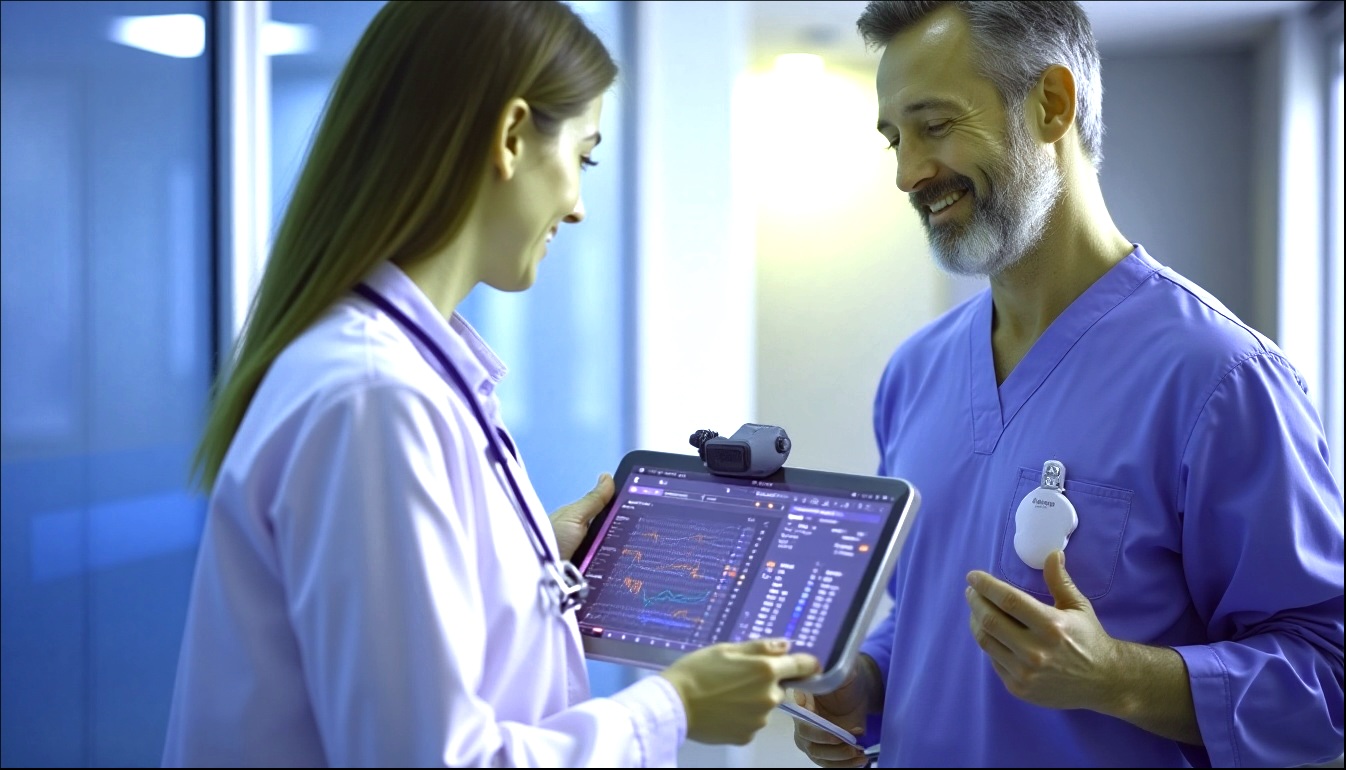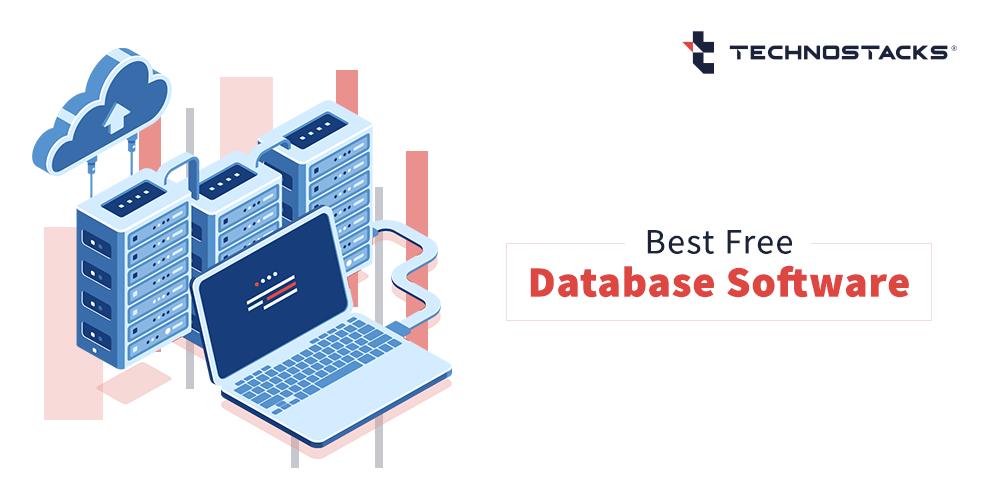How Wearable Technology Can Be Helpful For Healthcare?
One sector that has been deeply impacted by wearable technology, it is the health domain. Over time, medicine and healthcare have matured through time. Some of the credit goes to wearable devices, the thrill which medical science can do these days are made even trendier. The wearable market is capable, as the number of connected wearable devices globally is likely to mature to more than 1.1 billion in the year 2022, while the telecom technology shifts right from 4G to 5G. Several Application Development Companies are building apps principally to run wearable in healthcare and other industries.
Why Use Wearable Technology in Healthcare?
As discussed, different wearables have been accepted in an extensive array of domains; however, they have their maximum perspective in healthcare. The increasing usage, as well as the growing importance of wearable technology in the medical field, helps to address healthcare costs, help aging populations, and assist in solving the complexities of many chronic diseases.
How Wearable Technology is Changing the Healthcare Sector?
Wearable technology depends on diverse sensor styles. The standard versions of wearable tech are smartwatches and wrist bands. They are found and utilized in clothing or jewelry, along with other accessories. Such wearable take an entirely innovative level of tracking, monitoring, diagnosis, and medical treatment. Many organizations are realizing the impact of wearable technology in healthcare and utilizing this technology because of its advantages and asking application development companies to build wearable apps.
Examples of Wearable Technology in the Healthcare Sector
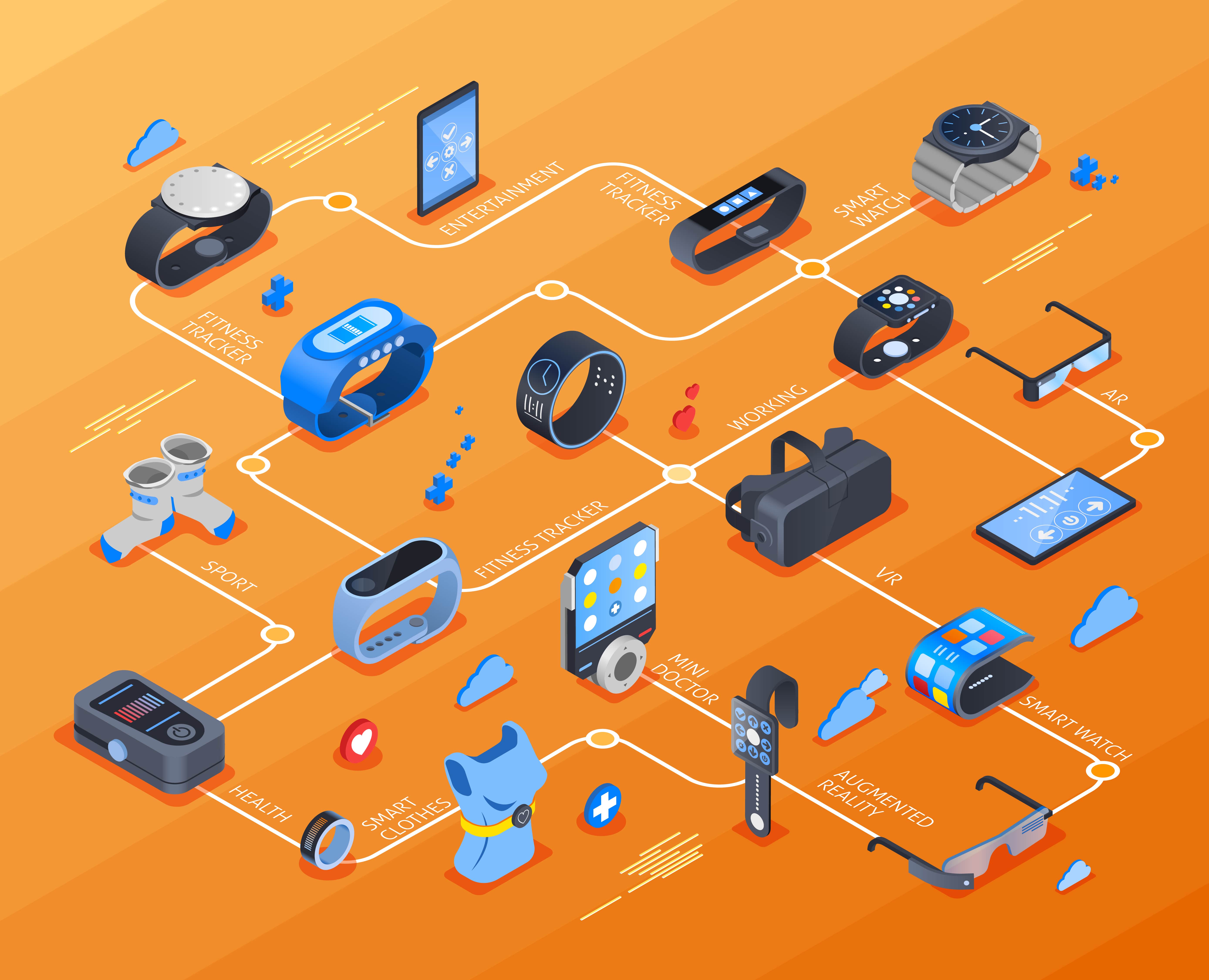
-
- Fitness Trackers
Fitness trackers are some of the straightforward and most unique examples of wearable technology. These wrist bands have sensors to calculate and measure the physical activities. They also measure the heart levels of the device user. By connecting to a choice of smartphone apps, they provide users with medical, health as well as fitness suggestions.
Fitbit Flex was one of the foremost fitness trackers for standard users. With the five indicator lights, people were quite attracted by its silky look and capability to monitor progress during the whole day. Later a variety of wearable fitness trackers and wearable apps are built by the application development companies across the world.
-
- Wearable Blood Pressure Monitor Devices
HeartGuide was the first blood pressure monitor wearable device that was released in the year 2019. The wearable look to be a popular smartwatch can effectively monitor blood pressure and day to day activities, such as the number of actions taken, distance travelled, and how many calories you burned in a definite period.
-
- Bio Sensors
Biosensors are wearable devices that are budding and utterly diverse from wristbands as well as smartwatches. The wearable biosensor comes in use as an auto-adhesive patch that enables patients to move around while calculating pulse, breathing rate, heart rate, and temperature details.
What are the Advantages of Wearable Technology in Healthcare Sector?
-
- Advantages for Patients
The advanced wearable smartwatches are not only utilized to track heart rate, sleeping patterns but come with many more health statistics that are helpful for patients. It is specially developed for offering support, and patients gain from such devices. This wearable is predominantly the precise technology for people with persistent chronic conditions needing uninterrupted monitoring and tracking of their health conditions.
The wearable devices make it simpler to collect health and medical data on a regular basis so that the primary disease can be tracked correctly. Patches devices can be mounted right on the skin surfaces to bring together health information. Such patches can display medical data in real-time in order to represent a clear pattern. If a patient requires monitoring or tracking in quick time intervals or every few hours, the use of such wearable patches is a substitute to frequent or continuous hospitalization.
-
- Help Controlling Medical Expenses
Trips to the hospital will take efforts, time, and money for the patient’s family. It not only involves treatment fees, but they are also heavily charged with periodic medical consultation fees. Innovative wearable applications and devices built by the app development agencies trim down costs for health treatments. This scenario applies more than ever to patients with medical conditions such as diabetes, hypertension, and others who need customary assessments. Effectual health diagnosis would also lend a hand to enable care and thus lessen overall treatment costs and regular technical hitches to some extent.
-
- Doctors and Medical Staff Assistance
Doctors are assisted with the regular diagnosis of the patients’ issues if they have access to quick and real-time data. The gathering information helps determine the sternness of the patient’s condition and thus facilitates doctors and medical staff in prioritizing medical cases easily. In many cases, wearable applications like Google Glass have been found to be extremely helpful for some healthcare surgeries. The device assists to do CT scanning and ultrasound images to get a correct picture of the health-related targeted zones.
Key Role of Wearable Technology in Healthcare Industry
While we all know that the smartphone element ecosystem played a significant role in getting the first wearable to market, the next wave of modernization is being steered by silicon.
Not only is Apple creating exclusive processors and sensors right into the Apple Watch; however, the company is also utilizing its own chips for the execution of Bluetooth in AirPod wireless headphones. Different companies are coming together with their own products for advancing healthcare domains with wearable technologies. Product makers that cannot compete with Apple openly for smartwatch processors are turning to Qualcomm.
Ear-worn devices are wearable technologies built to improve hearing. While the market remains in the near to the beginning adoption phase, hearables provide many possibilities in the areas of healthcare as well as fitness. Hearables can perform a diversity of functions starting from heart rate calculations to sleep tracking, steps as well as calorie monitoring, and they are perfect for brain wave analysis. The blending of Amazon’s Alexa, Google Assistant, Apple’s Siri, and IBM’s Watson is turning hearables more intelligent.
As per a survey by the World Economic Forum (WEF), around 92 percent of country leaders think that 10 percent of people will wear internet-connected clothes by the year 2025. The marketplaces for smart clothing are in the primary experimental stages with some of the fitness and healthcare products, comprising NadiX yoga leggings, Ambiotex intelligent shirts, and Sensoria socks, accessible commercially.
Moving Forward
With enhancing the adoption rate in most of the mature markets, both the acceptance and competition in the wearable technology domain are immensely increasing. With miniaturization and lowered prices of device development, the scenario will generate a surge for wearable sensors in medical and healthcare areas, leading to substantial market growth.
We saw wearable devices used in healthcare and how the healthcare industry is transforming with the help of wearable devices.
Technostacks is a leading wearable app development company and has exceptional experience in developing healthcare apps. Our technology teams have even developed advanced HIPAA compliant applications for our global clients. Let’s connect to discuss your app development ideas in detail.
